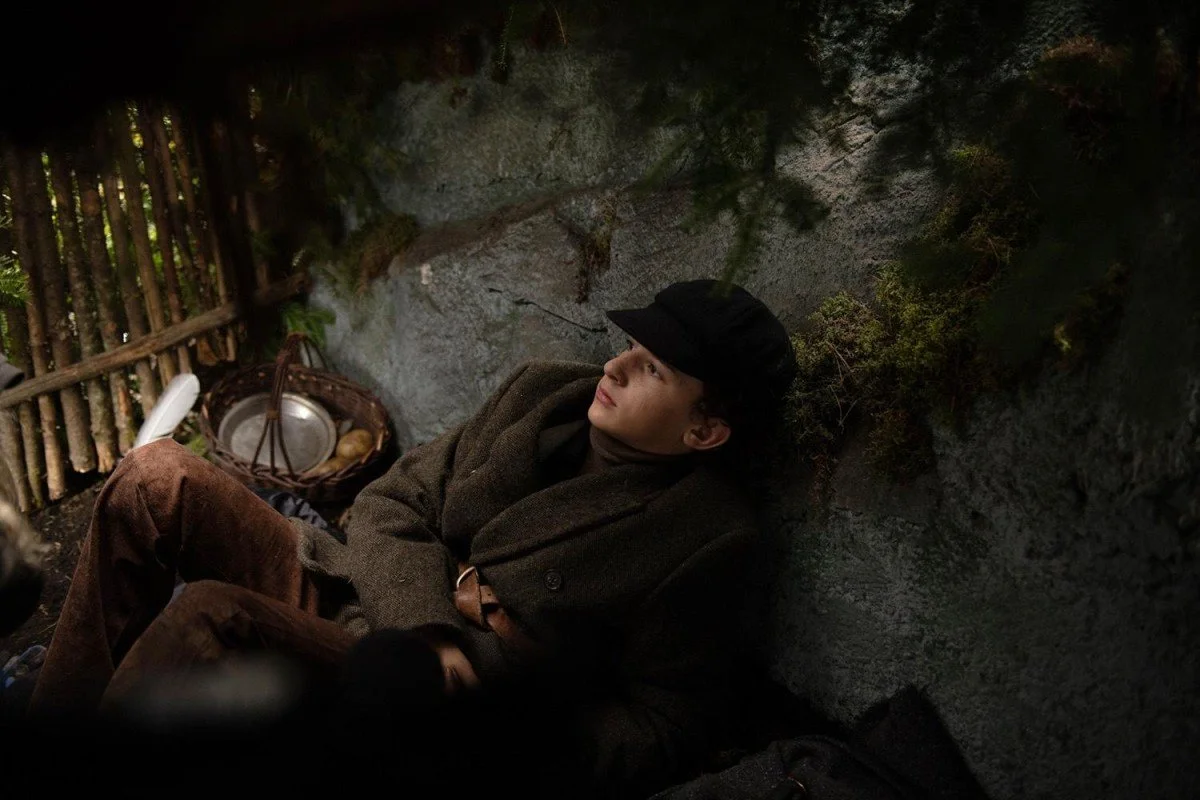I am really excited to share this blog with everyone. I was fortunate to have guest blogger, Alessia Iani (Ba, and MA graduate), contribute this week right before the oscars. She watched Selma in theatres and has written a very in depth analysis below. It sent chills up my spine.
Selma is an historical drama that recounts the events that occurred in the wake of the 1964 Civil Rights Act, in particular those events surrounding Martin Luther King Jr.’s campaign to secure voting rights for Black Americans, and the march from Selma to Montgomery (both cities in the state of Alabama) in March of 1965.
Directed by Ava DuVernay and co-written by DuVernay and Paul Webb, Selma, which was released in theatres in December of 2014, is currently nominated for two 2015 Oscars: best picture and best original song (for "Glory" written by John Stephens and Lonnie Lynn, performed by John Legend and Common).
- Where does the film take the viewer? The acting in Selma is absolutely on-point; the all-star cast, featuring David Oyelowo [Lee Daniel's The Butler (2013), and A Most Violent Year (2015)], Carmen Ejogo [The Purge: Anarchy (2014), and Zero Hour (2015)], Tom Wilkinson (The Grand Budapest Hotel (2014)], Lorraine Toussaint [Orange is the New Black (TV, 2014)], Giovanni Ribisi, Oprah Winfrey, and Common, to name a few, share great chemistry, effectively transporting us into the tumultuous times their characters inhabited. Because the acting is so very flawless, as a viewer, I felt unable to look away, unable to not connect with this film. We are taken right into the tense atmosphere of the mid 1960s: we glimpse political tensions between President Lyndon B. Johnson (Wilkinson), Martin Luther King Jr. (Oyelowo), and the Governor of Alabama, George Wallace (Roth), the individual obstacles faced by black Americans like Annie Lee Cooper (Winfrey), the involvement in the civil rights movement of organizations like the Student Nonviolent Coordinating Committee and members of the Southern Christian Leadership Conference, and the work of key individuals like Malcolm X (Nigel Thatch), Diane Nash (Thompson), and James Orange (Dorsey), and the ongoing racial tensions / prejudice / violence between white and black Americans. The set design and costuming are the ribbons that tie together this historical drama, and despite some reviewers' criticism regarding the historical accuracy of certain character depictions, the characters / environments / circumstances shown work together cohesively to weave a story that pulls you deep into its beautiful and perturbing heart.
- What feelings does the film conjure? When I ventured out on a blustery Saturday evening to watch Selma, I did not expect to go home feeling simultaneously angered and hopeful. I was definitely not ready to find myself involuntarily weeping throughout the film. I did not notice I have been crying until the film ended. I was not alone: two young women seated next to me were trying very hard to contain their sobs, to no avail, and a group of middle aged men sitting at the front fumbled around for tissues only 20 minutes into the film. For all intents and purposes, this film was an emotional rollercoaster. I wavered between being uplifted and angered. I experienced feelings of intense frustration when faced with all the actions of racist white Americans. I felt joy and sorrow. The most powerful and unexpected response to the film was a feeling of familiarity. I felt this sense of familiarity during each of the riot scenes, in particular the first scene wherein police prevent peaceful protesters (sans King) from crossing the Edmund Pettus bridge out of Selma, onward to Montgomery, showering them with tear gas and brutally beating them down. This familiarity I can clearly trace to the countless times in the last six months when I have viewed media images in print / online of Ferguson riots, and peaceful protests across America in solidarity with Mike Brown and the #BlackLivesMatter movement.
- Issues discussed? From the outset of the film we are shown the complex manifestation of various kinds of violence: systemic, physical, etc. We see prejudice and restrictions imposed on Black Americans. The first violent act we witness comes directly after the opening scene, which takes place in 1964, and shows King receiving his nobel peace prize: four black American girls walking down the stairs of a church are killed in a sudden explosion. Oyelowo's portrayal of Martin Luther King Jr. is as careful and nuanced as the depictions of violence and prejudice: Most importantly, King is human - this is not a caricature. We do not only glimpse the vigour and passion with which King fought for the civil rights of black Americans, but the powerful emotional and psychological struggles he went through to bring his dream to fruition. He was deeply aware of the hurt he sometimes caused to those around him. The issues of race, human rights, and what constitutes political and social progress are approached carefully, though the film does play on our emotions to sway us to believe in the central characters - both the antagonists' and protagonists' values. It is a film that asks us to witness the past, and in doing so, consider what we are witnessing in our present moment. How far have we come from 1960? How much work is left to do?
- Are there surprises? Having studied the civil rights movement, we know what to expect: violence, reconciliation, and disappointment. However, the film gives us these situations and evokes emotion at unexpected times. This is done through careful cinematic direction: close-ups on faces and hands, on bodies rising and falling. The film captured moments of domestic joy and sorrow, a mix of anguish and terror during the riots, pure hatred in the faces of white folks, King's emotional struggle, Coretta King's difficulties in continuing to support a cause that greatly affected the man she loves, and fiery looks between President and King, activists Hosea Williams and John Lewis. When we revel in feelings a film conjures during its fleeting moments, it forces us to think again about a particular interaction or relationship or setting. That is the best surprise: one that requires attentiveness and careful interpretation.
- Transformative experience? For me, the centrepiece of the film, by which I mean not only the climax and turning point, but the most powerful moment, is the death of Jimmie Lee Jackson, and King's speech at Jackson's funeral. "Who murdered Jimmie Lee Jackson?" proclaims King in a resolute and heartbroken tone. His answer is grim: we are all responsible. Brutally beaten by police, Jackson's death pushes the activists to complete the march to Montgomery. This transformation for the characters left alive is necessary for the action to continue. But how do we react? With anger and sadness, to be sure, I personally found myself unable to shake feelings of familiarity. And this is the heart of the film: Mike Brown, shot and killed in Ferguson by Officer Darren Wilson on August 9th, 2014 IS Jimmie Jackson. HOW many black women and black men have been our Jimmie Lee Jacksons? Too many. If this film transforms us, it is because it brings us further into awareness of our current moment. A time when the vestiges of racial inequality and prejudiced ideologies and the attendant violence that comes along with these is being exposed and criticized. What we choose to do with this realization is up to us.
- Alessia





